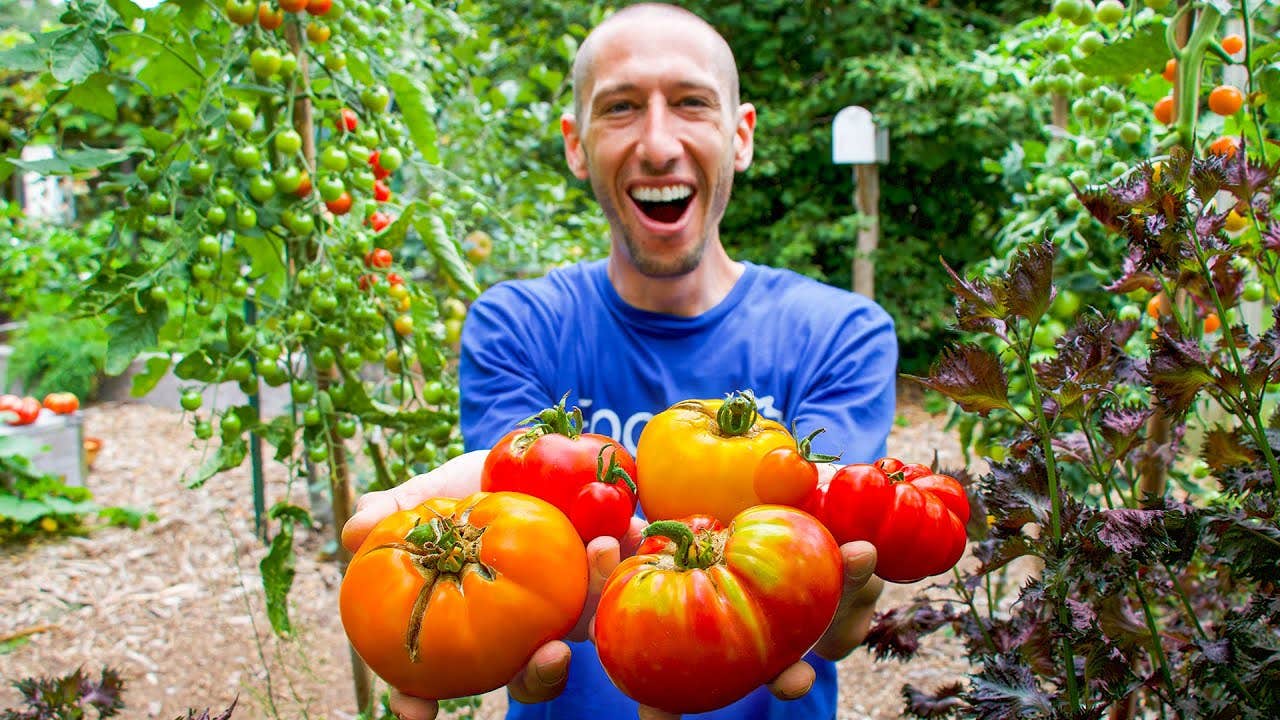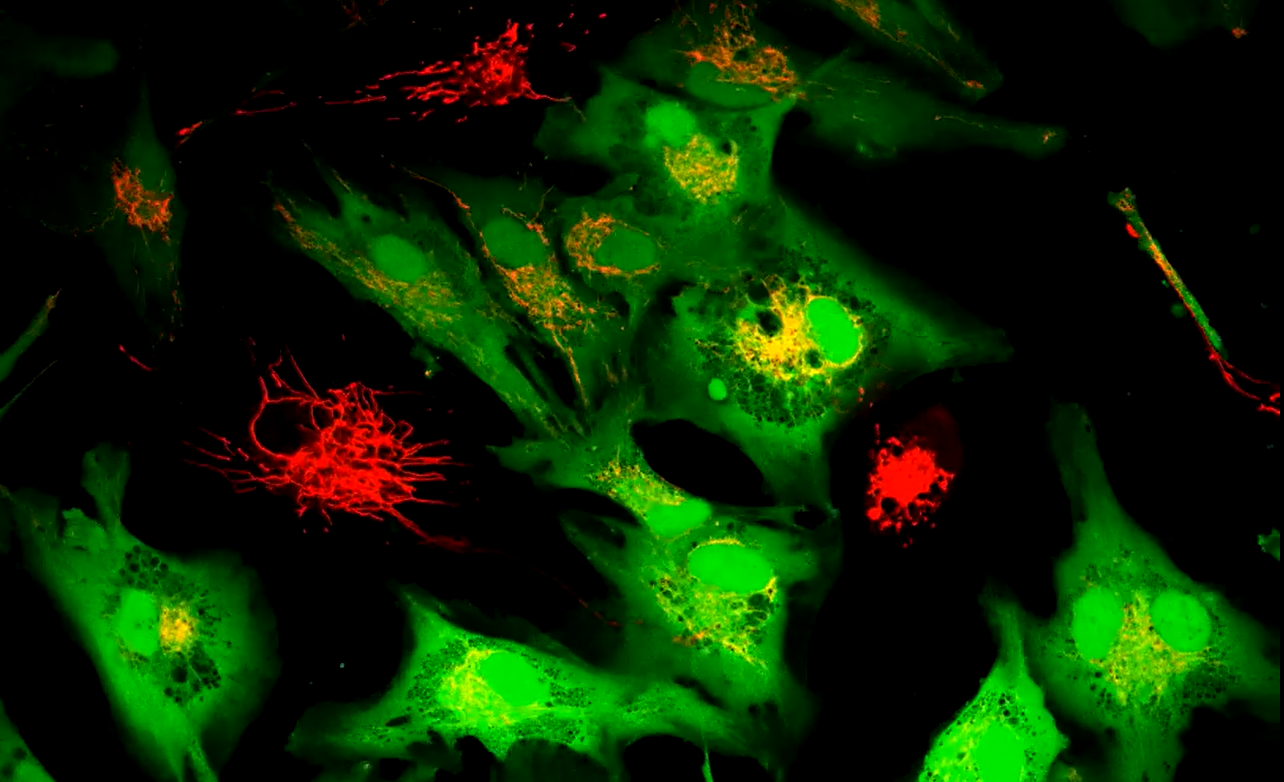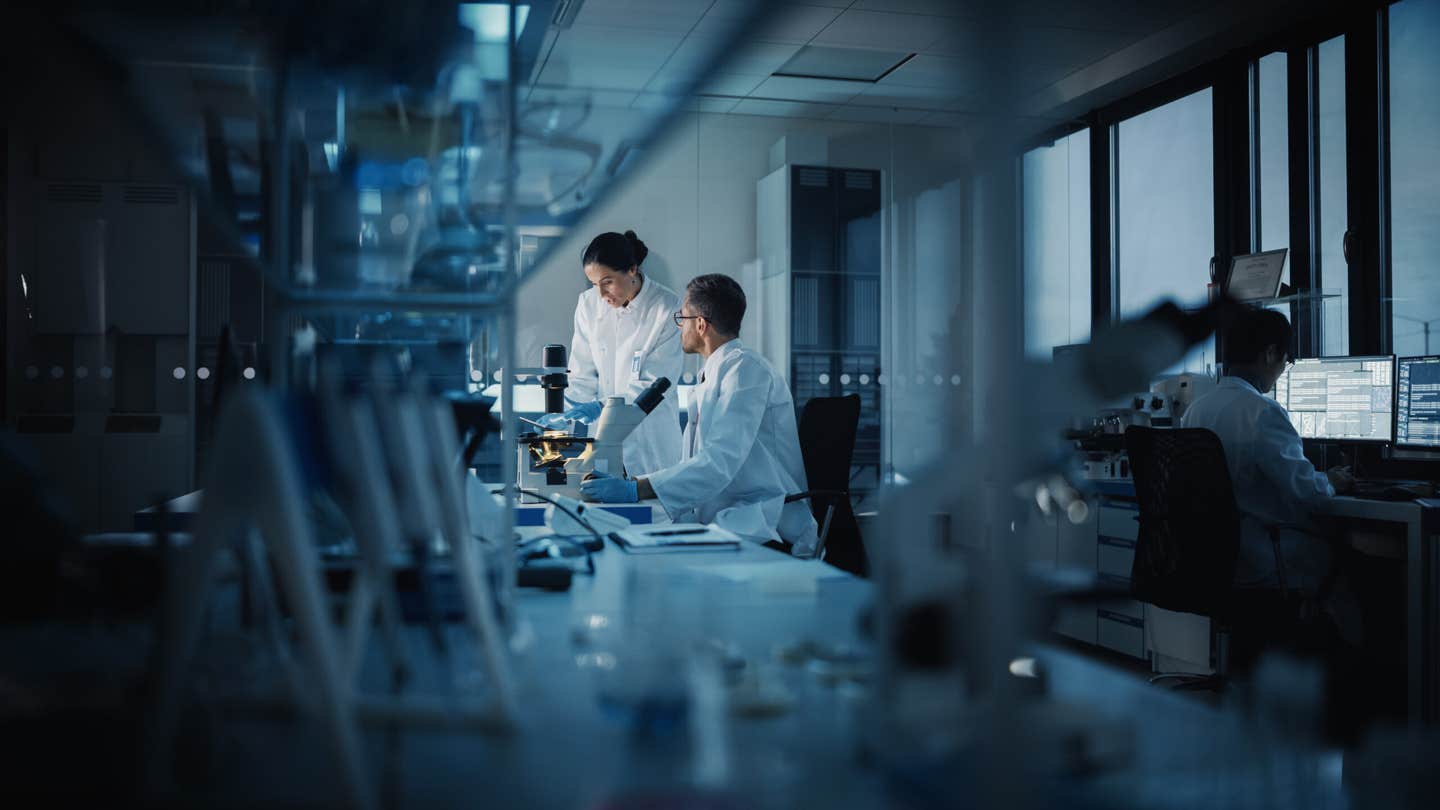Major breakthrough could transform the look, size and flavor of tomatoes and other fruits
A gene-editing breakthrough could soon deliver bigger tomatoes and eggplants worldwide by sharing DNA insights across crop species.

Scientists unlock fruit size genes using pan-genetics and gene editing to boost global tomato and eggplant crop yields. (CREDIT: The Gardening Channel with James Prigioni)
Tomatoes and eggplants might soon look and taste very different, thanks to a major scientific breakthrough. A team of researchers from Johns Hopkins University has uncovered the genes that help decide how big these fruits can grow. This discovery could bring bigger, better produce to plates around the world—and support farmers in places where crops struggle to meet commercial standards.
The scientists used advanced tools in genetics and gene editing to map and study the DNA of 22 different plants. These belong to the nightshade family, which includes tomatoes, potatoes, and eggplants. They found patterns in how the genes changed over time and learned how to fine-tune specific parts of plant DNA to improve important traits like fruit size.
Tracking Gene Changes Over Time
Over millions of years, plants have gone through huge changes at the genetic level. DNA doesn’t stay still. Genes duplicate, mutate, or disappear entirely. That’s what researchers found when they built a pan-genome—a master DNA map—for plants in the nightshade family.
“When we started looking, we noticed these changes were very widespread, but we didn’t yet know what those changes meant for the plants,” said geneticist Michael Schatz, co-leader of the research.
Gene duplications, also called paralogs, turned out to play a big role. They impact key crop features like when plants flower, the shape of the fruit, and how large the fruit can grow. These duplicate genes can evolve to perform new tasks or sometimes become non-functional. Either way, they add complexity to the way scientists try to predict how a plant’s DNA affects how it grows.
The research revealed thousands of gene duplications. Many of them were found within gene families tied to domestication, meaning the process of shaping wild plants into crops that suit human needs. These duplications had a big effect on fruit size and shape, especially when the scientists looked closely at genes like CLV3, which is known to influence how big a tomato or eggplant can get.
The Hidden Impact of Duplicate Genes
In forest nightshade, an Australian wild relative of common crops, scientists experimented by turning off both duplicates of the CLV3 gene. The result? Plants grew into strange shapes that couldn’t be sold as food. But when they carefully edited just one copy, the plants produced larger, healthier fruits.
Related Stories
This work showed that small tweaks could lead to big changes—but only if researchers know exactly where to look. Katharine Jenike, a PhD student at the time, helped assemble the genome sequences. “We can see where and when one genetic path diverges from another and then explore that place in the genetic information where we wouldn’t have thought to look,” she said.
In another exciting twist, the team discovered that the African eggplant—grown across Africa and in Brazil—had a special gene, SaetSCPL25-like. This gene controls how many seed cavities, or locules, a fruit has. More locules generally mean a bigger fruit. When scientists edited this gene in tomatoes, they were able to grow larger fruits by increasing the number of locules.
The African eggplant’s unique genetic makeup helped unlock a new way to improve tomato crops. That’s the power of comparing many different species together.
Pan-Genetics: Sharing Strength Across Crops
This research marks a shift toward “pan-genetics,” which connects the DNA knowledge of one crop with that of another. By studying both global and local varieties, scientists can now move genetic improvements from one plant to another more easily.
“We leveraged decades of work in tomato genetics to rapidly advance African eggplants, and along the way we found entirely new genes in African eggplants that reciprocally advance tomatoes,” Schatz said. “We call this ‘pan-genetics,’ and it opens endless opportunities to bring many new fruits, foods, and flavors to dinner plates around the world.”
The work isn’t just about bigger fruit. It’s about expanding the toolbox for farmers everywhere. Many local crop varieties—especially those native to certain areas—don’t grow large enough to be sold widely. But with these discoveries, that might change.
“Once you’ve done the gene editing, all it takes is one seed to start a revolution,” Schatz said. “With the right approvals, we could mail an engineered seed to Africa or anywhere it’s needed and open up entirely new agricultural markets.”
That means farmers in underserved regions could grow crops that perform better, feed more people, and possibly sell for higher prices. These breakthroughs could also help preserve the taste and cultural importance of heirloom varieties, while still making them useful for large-scale farming.
A Path Forward Through Science
This research was published in the journal Nature and involved teams from multiple research centers. Scientists used CRISPR-Cas9 gene editing, which acts like molecular scissors, to test how editing certain genes would affect the plants.
One key discovery was how a gene that once had a backup copy eventually lost that redundancy. In the African eggplant, the CLV3 gene experienced a series of complex events. First, it was duplicated. Then one of the copies stopped working. Finally, a large deletion caused the plant to develop a fused version of the gene. This new version controlled how many fruit organs the plant developed, working alongside a separate gene with a similar role.
These changes didn’t happen slowly over millions of years. They happened recently in evolutionary terms. That means scientists need to keep a close eye on fast-moving genetic changes as they work to breed better crops. Gene duplication can either complicate or offer new chances in plant breeding. It all depends on how researchers use the information. Without full genome maps and the ability to test changes directly, many of these discoveries would have remained hidden.
Now, with pan-genome data and editing tools in hand, the future of food looks more flexible. The science behind it continues to grow, showing that the traits we see in plants—like fruit size—come from long and detailed stories written in their DNA.
From Lab to Table
The results of this research have big implications for the food on your plate. Bigger fruits mean more food from each plant. Improved crops could resist disease, survive in poor soil, or thrive in places where farming is difficult today. And all of it starts with seeds—tiny packages carrying huge potential.
Thanks to the work of these researchers, scientists around the world now have a clearer view of how certain genes influence the crops we depend on. This new knowledge helps create smarter breeding strategies and supports the future of sustainable agriculture.
The combination of genome maps, gene editing, and a global outlook gives hope for solving food challenges in both developed and developing regions. Whether it’s helping farmers grow better tomatoes in Africa or offering new types of eggplants to chefs in big cities, the science holds promise for everyone.
Note: The article above provided above by The Brighter Side of News.
Like these kind of feel good stories? Get The Brighter Side of News' newsletter.



